The NHS at 70: A timeline in pictures
On 5 July 1948, 70 years ago on Thursday, the National Health Service (NHS) was born.
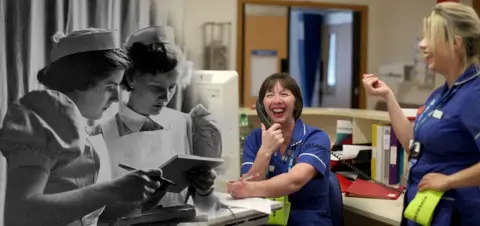 Getty / Reuters
Getty / ReutersWe look at seven decades of the development of the NHS, alongside medical advancements, highlighting events that have been documented with archive photography.
1948: The creation of the NHS
After the planning of an ambitious project to bring healthcare to everyone in the UK, the NHS was launched by Aneurin Bevan, the Health Secretary of the post-War Labour government.
Bevan, seen below in 1945, was the chief architect of the plan to bring together hospitals, doctors, nurses, pharmacists, opticians and dentists under the umbrella of one organisation.
 Getty Images
Getty ImagesThe services were available to everyone, financed entirely from taxation with the central principle being that people would pay according to their means.
 Getty Images
Getty ImagesBevan is seen below on 5 July 1948 on the first day of the NHS, at Park Hospital, in Manchester (known today as Trafford General Hospital).
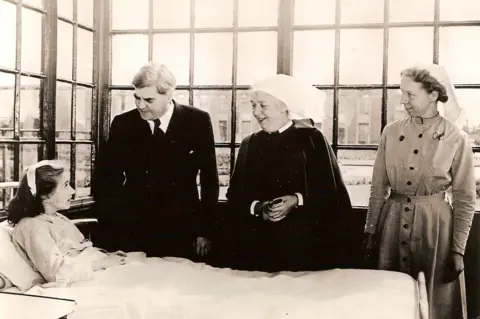 NHS England
NHS England1952: Charges introduced
By the 1950s, spending on the NHS exceeded what had been expected by Parliament and the Treasury.
Five years after the launch of the NHS, charges of one shilling (5p) for prescriptions were introduced, and a flat rate of £1 for ordinary dental treatment.
Five-year-old David Hurst is seen below, receiving dental treatment at the minor ailments clinic of the newly opened LCC Woodberry Down Health Centre, in London, in 1952.
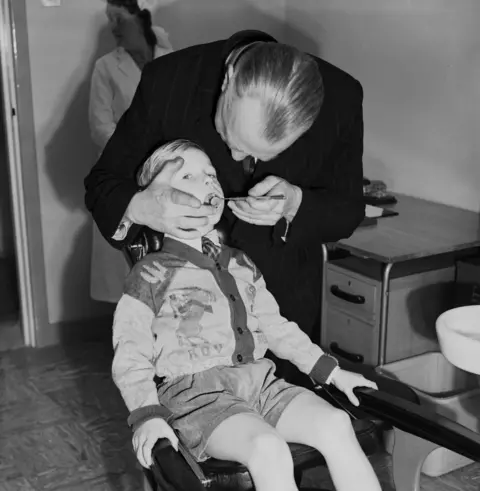 Getty Images
Getty Images
Bevan, then Minister of Labour, resigned from the government in protest at the introduction of the prescription charges.
The charges were briefly abolished in 1965 and then reintroduced in 1968.
In 1952, Princess Margaret opened a new department of the Queen Alexandra Hospital at Cosham, Portsmouth, seen below.
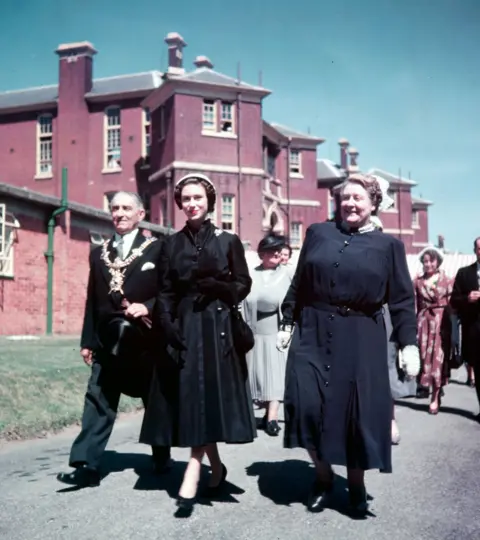 Getty Images
Getty Images
1954: Smoking and cancer link established
British scientist Sir Richard Doll began research into lung cancer in the 1940s, following an alarming rise in the disease.
His research on patients in 20 London hospitals revealed that smokers were far more likely than non-smokers to die of lung cancer. He published his findings in the British Medical Journal with Sir Austin Bradford Hill.
Doll gave up smoking while carrying out his research and went on to live to be 92. He is seen below in 2004.
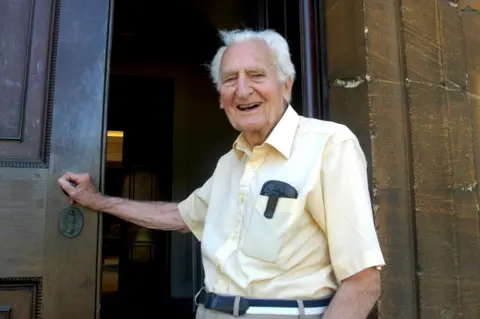 Shutterstock
ShutterstockThe government accepted the link between smoking and lung cancer in 1954.
1958: First mass vaccination programme
Everyone under the age of 15 was vaccinated against polio and diphtheria in a programme in 1958. Before the vaccinations, cases of polio climbed as high as 8,000 and diphtheria as high as 70,000 in epidemic years, resulting in 5,000 deaths.
In the early 1950s, NHS mobile immunisation vans were used, seen below in Portsmouth.
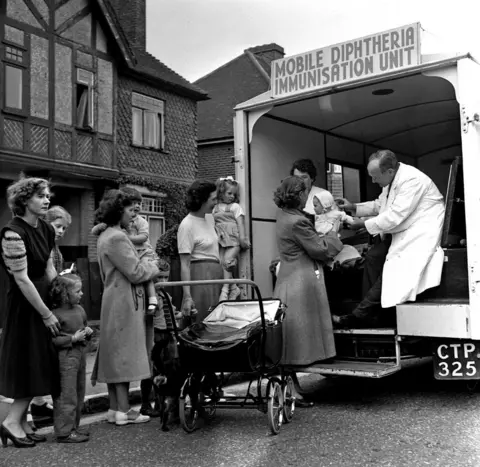 Getty Images
Getty Images
1961: Pill becomes available
Initially, the pill was available to only married women, until the law was changed in 1967.
The number of British women using the pill rose from 50,000 to one million between 1962 and 1969.
Prof Gregory Pincus, who developed the contraceptive pill, is seen below on the streets of London in 1966.
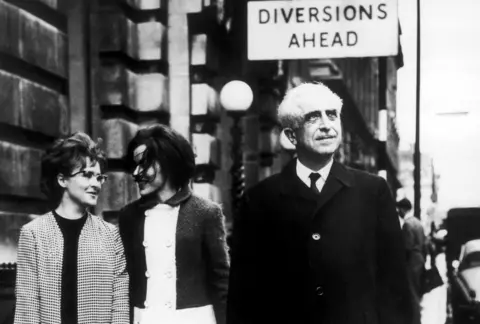 Getty Images
Getty Images1962: First full hip replacement carried out by Professor Sir John Charnley
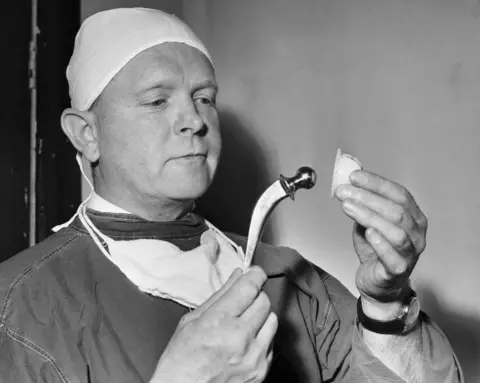 Getty Images
Getty Images1968: UK's first heart transplant
Britain's first heart transplant was carried out at the National Heart Hospital, in Marylebone, London, in 1968.
South Africa-born surgeon Donald Ross led a team of 18 doctors and nurses to operate on 45-year-old Frederick West in a seven-hour procedure. The donor was 26-year-old labourer Patrick Ryan, seen below with his wife, Mitzi, on their wedding day.
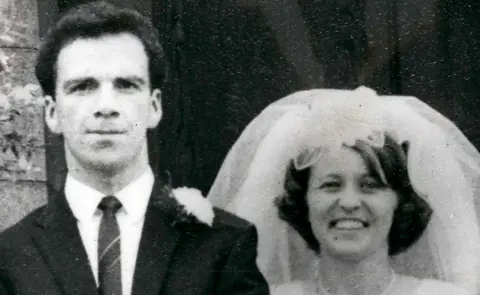 Alamy
AlamyWest, seen below after the operation, died 46 days later from an associated infection. Only six further transplants were carried out over the following 10 years, for fear of failure.
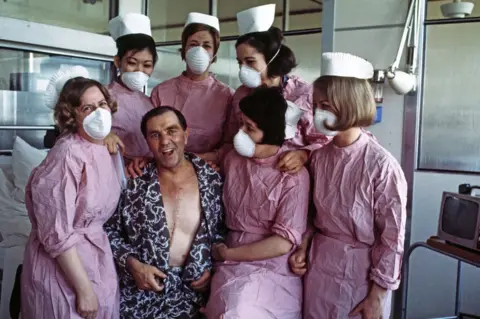 Getty Images
Getty Images1968: British woman gives birth to sextuplets after fertility treatment
Sheila Thorns underwent a Caesarean section at Birmingham Maternity Hospital in 1968, giving birth to six babies; four girls and two boys.
The medical team numbered 28 staff. One of the girls died shortly after the birth. The five surviving babies are seen in incubators in a photo below.
 Getty Images
Getty Images
Two further babies died at a later date. About one birth in three billion results in sextuplets. Thorns had been treated with the fertility treatment gonadotrophin.
She is seen in a photo below in 1969 with three of her sextuplet babies. From left to right, they are Susan, Roger and Julie.
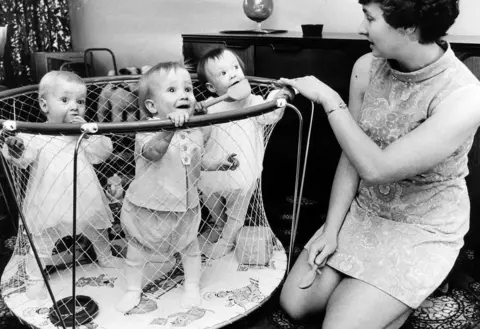 Alamy
Alamy
Parents Sheila and Barry Thorns are seen in Woman magazine in 1969, below.
 Alamy
Alamy
1972: Computerised tomography (CT) scanners used for the first time
A CT scanner uses X-rays and a computer to create detailed images of the inside of the body. The scans are sometimes referred to as Cat scans.
The images of internal organs, blood vessels and bones can be used to diagnose and monitor conditions and guide treatments.
Godfrey Newbold Hounsfield (below, standing far left) conceived the concept of the scanner in 1967 and launched it in 1972.
Model Gillian Duxbury appeared with the scanner in a press photo call below, alongside its developers.
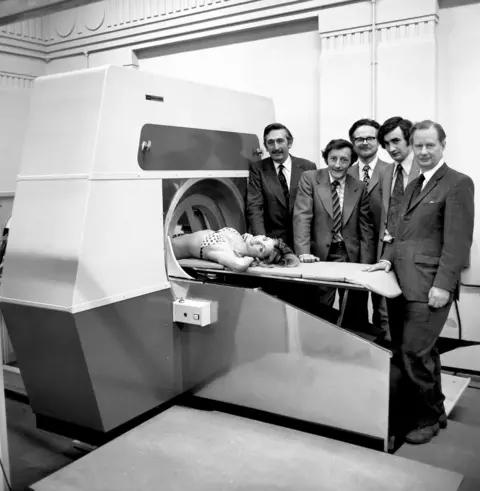 Alamy
Alamy
Hounsfield's invention earned him a Nobel Prize alongside the American Allan McLeod Cormack, who developed the same idea in the US.
Today, CT scanners are widely used.
1978: World's first test-tube baby
A new technique to fertilise an egg outside a woman's body before replacing it in the womb was developed by Dr Patrick Steptoe, a gynaecologist at Oldham General Hospital, and Dr Robert Edwards, a physiologist at the University of Cambridge.
Lesley Brown gave birth to the world's first test-tube baby, Louise Brown, in 1978.
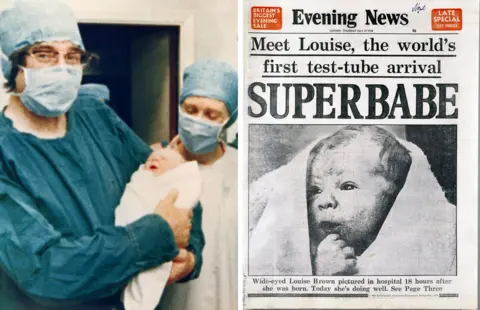 Getty / Shutterstock
Getty / ShutterstockLouise Brown is seen below in 1981 with her parents, John and Lesley Brown, and playing in a garden the same year.
 Shutterstock
Shutterstock
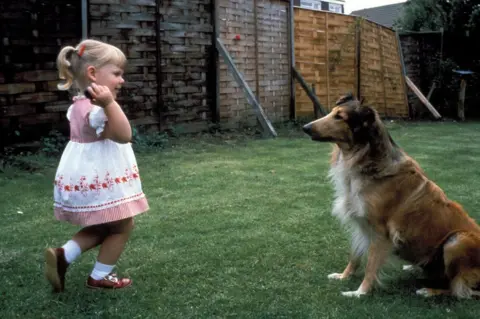 Getty Images
Getty ImagesLouise Brown is seen below in 2013, holding the jar in which her embryo was incubated.
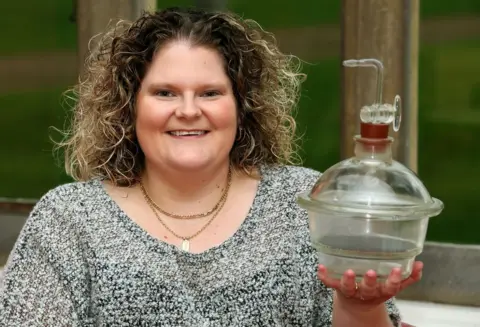 PA
PA1985: Britain's youngest liver transplant patient
In 1985, two-year-old Benjamin Hardwick became Britain's youngest liver transplant patient, at Addenbrooke's Hospital, Cambridge.
The transplant was successful, but Hardwick died 14 months later just after his third birthday.
His family set up the Ben Hardwick Memorial Fund to offer financial support to the families of children with primary liver disease.
Hardwick is seen below with his mother, Debbie, in 1984.
 PA
PA
1998: Better Health Better Wales
The publication of the report Better Health Better Wales in 1998 explicitly laid out the link between poverty and ill-health.
Nurse Lisa Roberts is seen in 1998 below, examining X-rays on a light-box in the special care baby unit at the University Hospital of Wales, Cardiff.
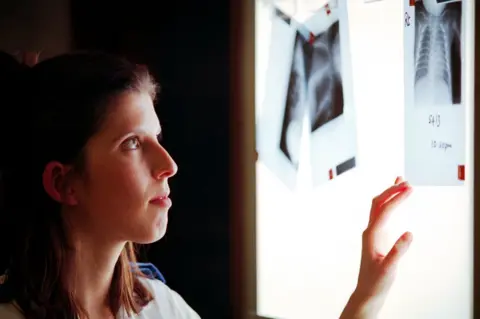 Getty Images
Getty Images2002: First successful gene therapy
The first successful gene therapy was carried out at Great Ormond Street Hospital, London, in 2002, curing 18-month-old Rhys Evans of "bubble boy" disease - severe combined immunodeficiency (SCID).
Children born with SCID have no immune system of their own and must be kept in totally sterile conditions. Evans is seen below in 2002.
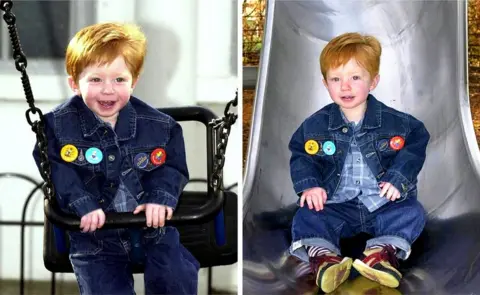 PA
PA2007: Smoking ban
Smoking was banned in restaurants, pubs and other public places in England from 1 July 2007.
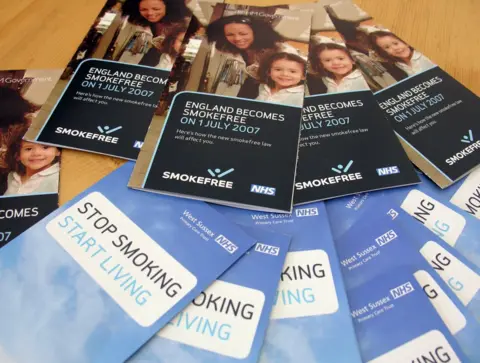 Shutterstock
Shutterstock
2007: Introduction of robotic arm leads to groundbreaking heart operations
In 2007, patients were treated for fast or irregular heartbeats, using a robotic arm, at St Mary's Hospital, London.
The Da Vinci surgical system robot is seen below at the Royal Marsden Hospital, in London, in 2007.
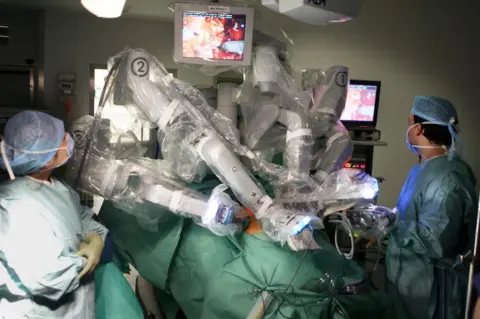 Shutterstock
Shutterstock2012: London Olympic Games opening ceremony pays tribute to the NHS
The opening ceremony of the 2012 London Olympic Games included a performance that paid tribute to the Great Ormond Street Hospital and the NHS.
 Getty Images
Getty Images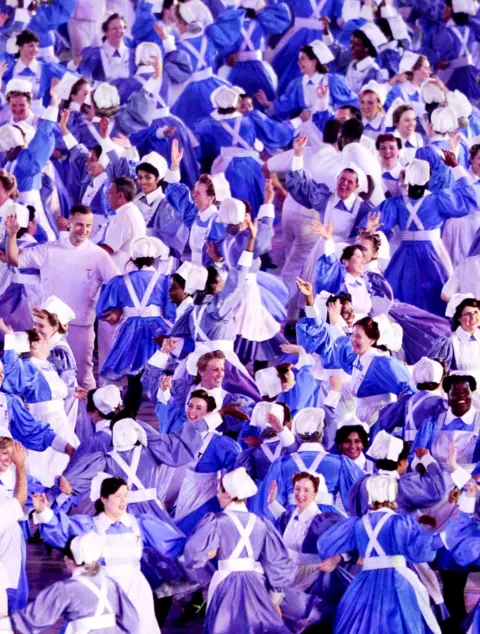 PA
PA
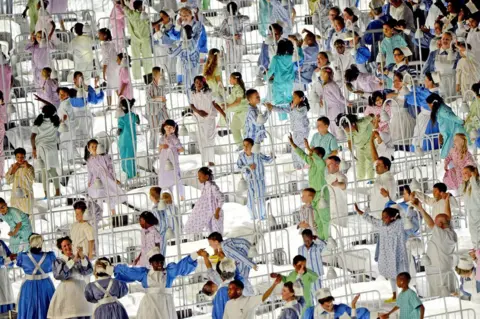 Getty Images
Getty Images2012: First person in the UK to have a hand transplant
On 27 December 2012, Mark Cahill's hand was amputated and a donor hand was transplanted during an operation at Leeds General Infirmary.
Cahill is seen below after the operation, at home with his wife, Sylvia.
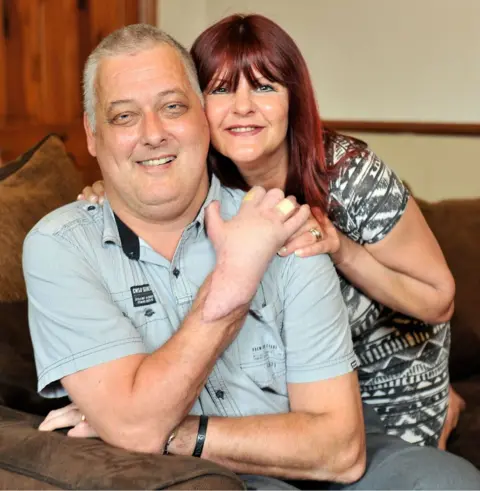 Shutterstock
Shutterstock
2018: The NHS turns 70
The NHS celebrates its 70th birthday on 5 July 2018.
A composite image below shows an NHS waiting room at the Montague Hospital, South Yorkshire, in 1959 (left) and a waiting room at Milton Keynes University Hospital in 2018 (right).
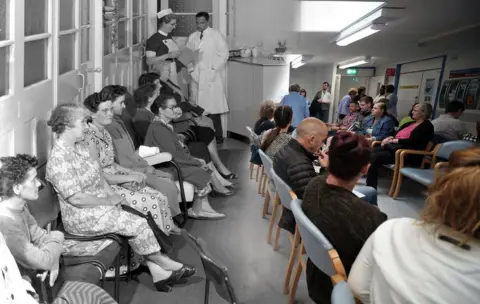 Getty / Reuters
Getty / ReutersTo mark the 70th anniversary of the NHS, Reuters photographer Hannah McKay took photos of NHS workers at Milton Keynes University Hospital.
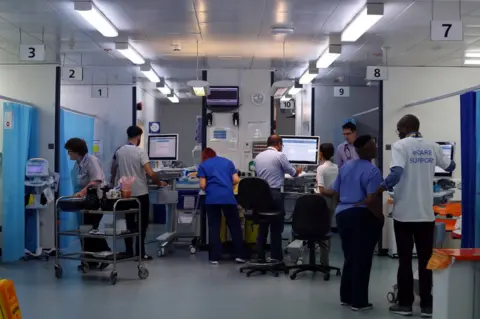 Reuters
Reuters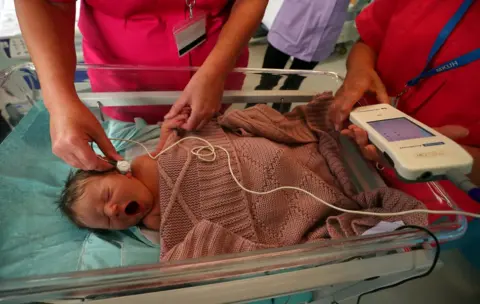 Reuters
Reuters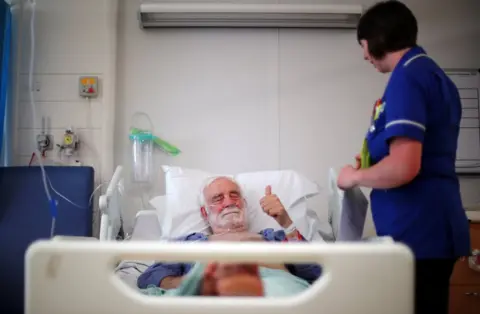 Reuters
Reuters.
